
I have difficulty breathing
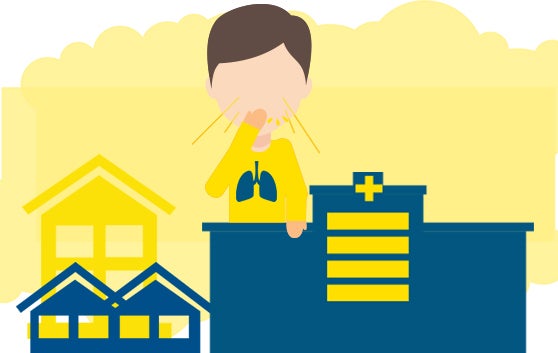
Pneumonia is a serious lung infection that can affect people of various ages, but is most common and dangerous in young children, elderly (≥65 years old), and in those with underlying health conditions such as cardiovascular disease, diabetes, and chronic respiratory disease.
Community-acquired pneumonia (CAP) refers to pneumonia that is acquired in the community rather than in a hospital. It is estimated that 20% of people with CAP require hospitalization
UpToDate, Patient education: Pneumonia in Adults (Beyond the Basics),
Available at: http://www.uptodate.com/contents/pneumonia-in-adults-beyond-the-basics
(Last accessed December 2016)
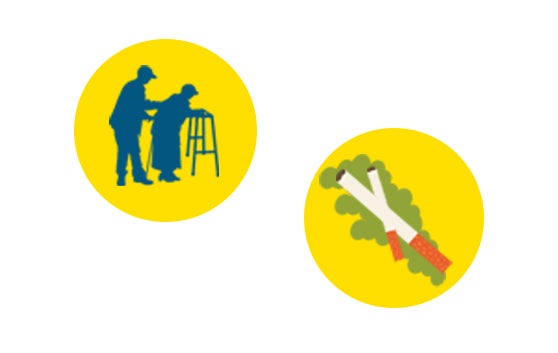
HIGH-RISK GROUPS
These groups of people are at a higher risk of developing pneumonia:
- Elderly (≥65 years)
- Smokers
- Individuals with underlying respiratory disease, such as asthma or emphysema
- People with other medical problems, including diabetes or cardiovascular disease
- People with weak immune systems (immunocompromised persons)
- People who have difficulty in coughing, such as stroke patients or patients with reduced mobility
- People who have recently had a viral upper respiratory tract infection including influenza

Pneumonia can be caused by viruses, bacteria, or fungi. The most common bacterial cause of pneumonia is Streptococcus pneumoniae. Other bacteria that can cause pneumonia include Haemophilus influenzae, Legionella pneumophila, and Staphylococcus aureus.
At least 20% of cases of adult CAP are caused by viruses, of which Influenza is a common cause. More recently, rhinoviruses that cause the common cold have also been shown to cause pneumonia.
Let your doctor know if you have recently been in a place or if you have been where a certain type of pneumonia is more common
(Middle East respiratory syndrome in the Arabian Peninsula; Avian influenza in Asia). Your physician will know if any of the places that you have been to put you at increased risk for pneumonia.
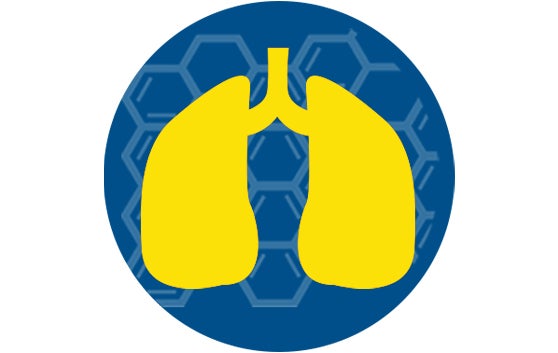
Common symptoms of pneumonia include:
- Fever Chills
- Shortness of breath
- Pain upon breathing
- Fast heart & breathing rate
- Nausea Vomiting Diarrhea
- Cough with green or yellow sputum; sometimes the sputum is rust colored
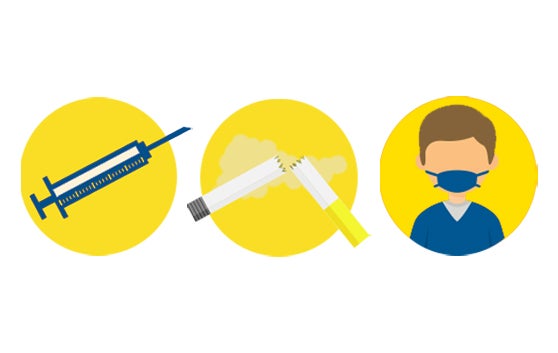
- A pneumococcal vaccine
- An influenza (or “flu”) vaccine for preventing influenza and its complications, including pneumonia
- Stop smoking
- Control underlying health conditions like asthma, cardiovascular disease, and diabetes
- Infection control — Infection control procedures will prevent the spread of any type of infection, including pneumonia. Infection control is most common in healthcare settings, but is of equal importance in the community as well. Simple practices such as frequent handwashing with soap and water can be effective.
- Limit face-to-face contact with uninfected people.
The mouth and nose should be covered during sneezing or coughing, and tissue should be disposed at once.
Sneezing/coughing into one’s sleeve (at the inner elbow) prevent further contamination and spread of the virus.
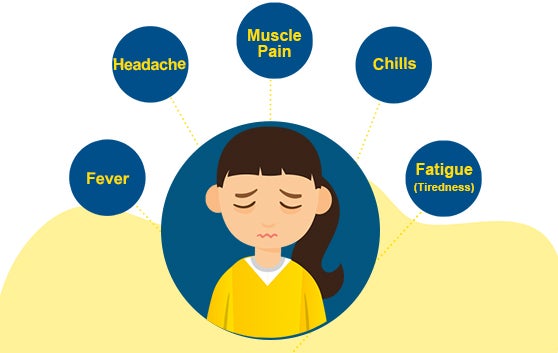
A patient with flu typically experiences:
- Fever
- Headache
- Muscle Pain
- Chills
- Fatigue (Tiredness)